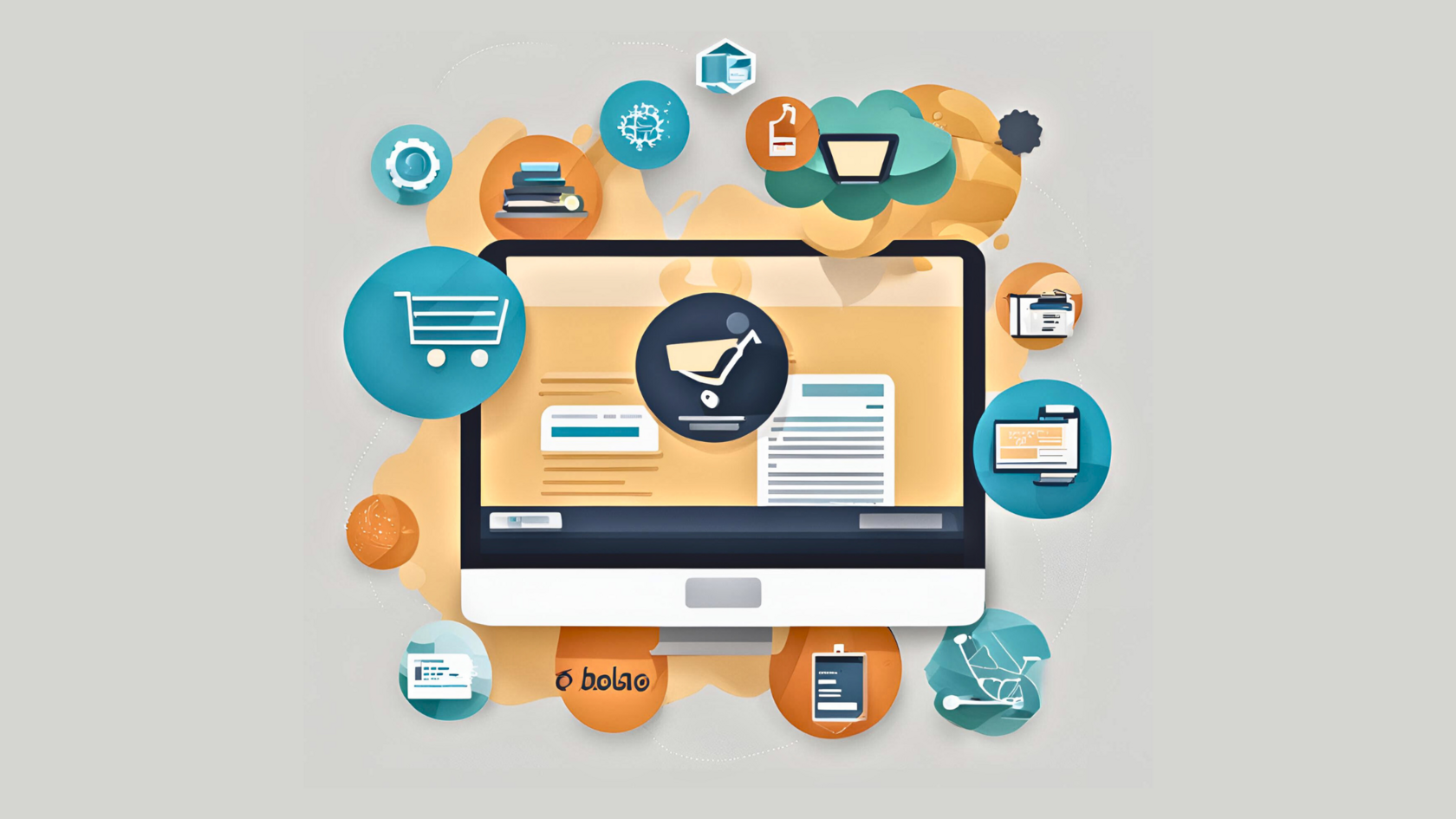In today’s dynamic e-commerce landscape, integrating powerful tools like the BigCommerce API into your website can significantly enhance your online store’s functionality, streamline operations, and boost sales. At Omnycode, we recognize the significance of leveraging cutting-edge technology to maximize your online store’s potential. This detailed guide will explore the complexities of integrating the BigCommerce API into your website, offering a step-by-step breakdown of the process and emphasizing its numerous advantages.
What is the BigCommerce API?
The BigCommerce API (Application Programming Interface) provides a collection of tools and protocols enabling developers to interact programmatically with the BigCommerce platform. This allows for the seamless incorporation of BigCommerce’s features and functionalities directly into your website, ensuring a cohesive and efficient online shopping experience for your customers.
Integration Process: Step-by-Step Guide
Step 1: Obtain API Credentials
To start integrating the BigCommerce API, you’ll need to obtain API credentials from your BigCommerce account. This includes the Client ID, Client Secret, Access Token, and Store Hash, which authenticate your website’s access to the BigCommerce platform.
Step 2: Choose Integration Method
BigCommerce offers multiple integration methods, including RESTful API, GraphQL API, and Webhooks. Depending on your specific requirements and technical expertise, choose the most suitable integration method for your project.
Step 3: Develop Integration Logic
Work with your development team to design and implement the integration logic. This involves mapping out the data flow between your website and BigCommerce, including product information, orders, customer data, and more.
Step 4: Test Integration
Thoroughly test the integration to ensure seamless communication between your website and BigCommerce. Conduct functional tests, data validation checks, and performance evaluations to identify and address any issues.
Step 5: Deploy and Monitor
Once testing is complete, deploy the integrated solution to your live website. Monitor performance metrics, error logs, and user feedback to continuously optimize and improve the integration over time.
Benefits of BigCommerce API Integration
1. Enhanced Product Management
Integrating the BigCommerce API allows for efficient product management, including real-time inventory updates, automated product syncing, and seamless catalog management across multiple channels.
2. Streamlined Order Processing
Automate order processing and fulfillment with the BigCommerce API, reducing manual tasks, minimizing errors, and improving order accuracy and delivery times.
3. Personalized Customer Experience
Utilize customer data from BigCommerce to create personalized shopping experiences, such as targeted promotions, customized recommendations, and tailored messaging based on purchase history and preferences.
4. Advanced Reporting and Analytics
Access comprehensive reporting and analytics capabilities through the BigCommerce API, gaining valuable insights into sales performance, customer behavior, and marketing effectiveness to inform strategic decision-making.
5. Scalability and Flexibility
The BigCommerce API offers scalability and flexibility, allowing your online store to grow and adapt to evolving business needs, market trends, and technological advancements seamlessly.
Conclusion
Integrating the BigCommerce API into your website is a strategic investment that can revolutionize your e-commerce operations, drive growth, and elevate the overall customer experience. At Omnycode, we specialize in leveraging advanced technology and data-driven solutions to unlock the full potential of your online store. Contact us today to discover how we can help integrate the BigCommerce API and propel your e-commerce success.
